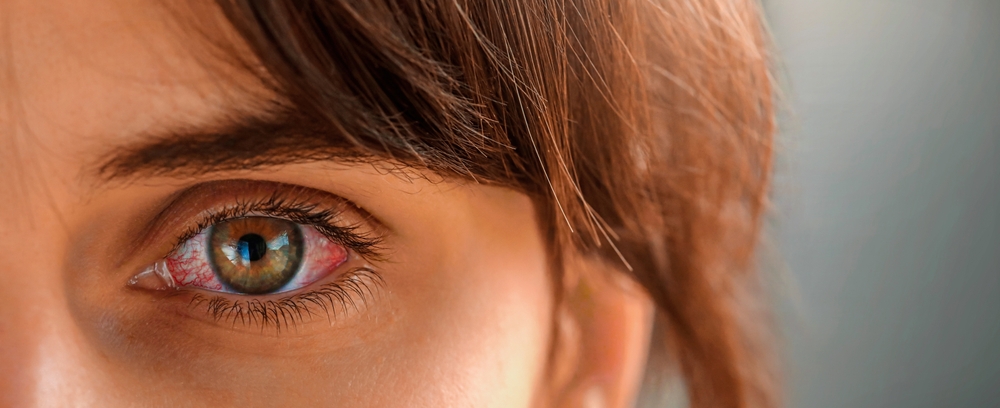
Dry eye is a common condition that affects millions of people, leading to symptoms such as stinging, burning, redness, and blurry vision. While it might seem like a minor inconvenience, dry eye can have a significant impact on your comfort, productivity, and overall quality of life. At Lakeview Optometry, we believe that understanding the main triggers of dry eye is the first step toward effective relief and long-term eye health.
What is Dry Eye?
Dry eye is a condition that occurs when your eyes do not produce enough tears or when the tears evaporate too quickly. This leads to a lack of moisture and lubrication on the surface of the eyes, causing symptoms such as burning, stinging, redness, sensitivity to light, and blurred vision. Left untreated, dry eye can impact eye health and visual clarity, making it important to identify the underlying cause and receive appropriate care.
Common Triggers of Dry Eye
Spending long hours in front of a computer, tablet, or phone can drastically reduce your blink rate. Blinking spreads tears across the surface of your eyes, and without it, your eyes can become dry and irritated. If you work on screens throughout the day, you may be experiencing digital eye strain without realizing it.
Dry climates, indoor heating or air conditioning, and exposure to wind can all dry out the tear film that protects your eyes. Even seasonal allergies and smoke can exacerbate symptoms and make the eyes feel gritty or uncomfortable.
Wearing contact lenses for extended periods can disrupt the natural tear film, especially if the lenses are not properly fitted or if you have underlying dry eye. This is one of the most common triggers among contact lens wearers.
Changes in hormone levels, especially in women during pregnancy, menopause, or while taking certain medications, can affect tear production and stability. These shifts often contribute to dry eye symptoms that seem to appear out of nowhere.
Conditions such as autoimmune diseases, diabetes, and thyroid disorders are often linked with dry eye. These health issues may impair the glands responsible for producing tears or change the composition of your tears.
Many common medications including antihistamines, antidepressants, decongestants, and blood pressure medications can reduce tear production. If you are experiencing dry eye symptoms and are taking any of these medications, it is important to bring it up during your eye exam.
Why a Professional Diagnosis Matters
While over-the-counter eye drops may provide temporary relief, they do not address the root cause of dry eye. Every case is unique, and what works for one person may not work for another. At Lakeview Optometry, we use advanced diagnostic tools to evaluate the quality and quantity of your tear film and to determine what may be contributing to your symptoms.
A professional diagnosis allows us to create a personalized treatment plan that may include options such as artificial tears, punctal plugs, prescription drops, in-office treatments, or lifestyle recommendations. This individualized approach ensures lasting relief and protects the long-term health of your eyes.
Take the First Step Toward Relief
Dry eye does not have to disrupt your daily life. Identifying your unique triggers and receiving expert care is the best way to find lasting comfort.
If you are experiencing symptoms of dry eye, schedule a consultation with Lakeview Optometry for personalized treatment. Visit our office in Monticello, Indiana, or call (574) 583-5531 to book an appointment today.








